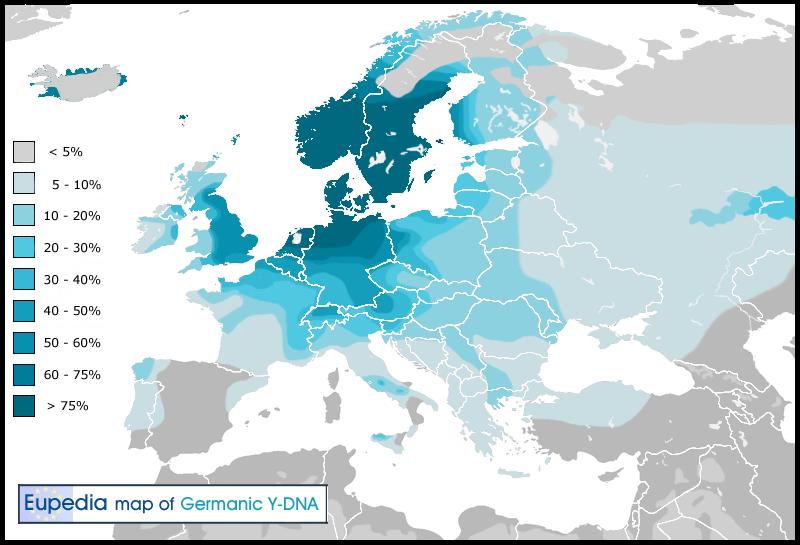Anyways I doubt there is pure continuity in Northern Italians. So they might have receive some influence (not as high as 25% though) from Roman migrants and some Germanic admixture like 10% pulled them back in their place.
Besides Picentes are from central Italy and Etruscans and Latins had children too, we cannot exclude the Latin IA cluster entirely and use Picenes are the Golden Standard. Who knows maybe Etruscans and Latins were more numerous too.
Besides Picentes are from central Italy and Etruscans and Latins had children too, we cannot exclude the Latin IA cluster entirely and use Picenes are the Golden Standard. Who knows maybe Etruscans and Latins were more numerous too.



